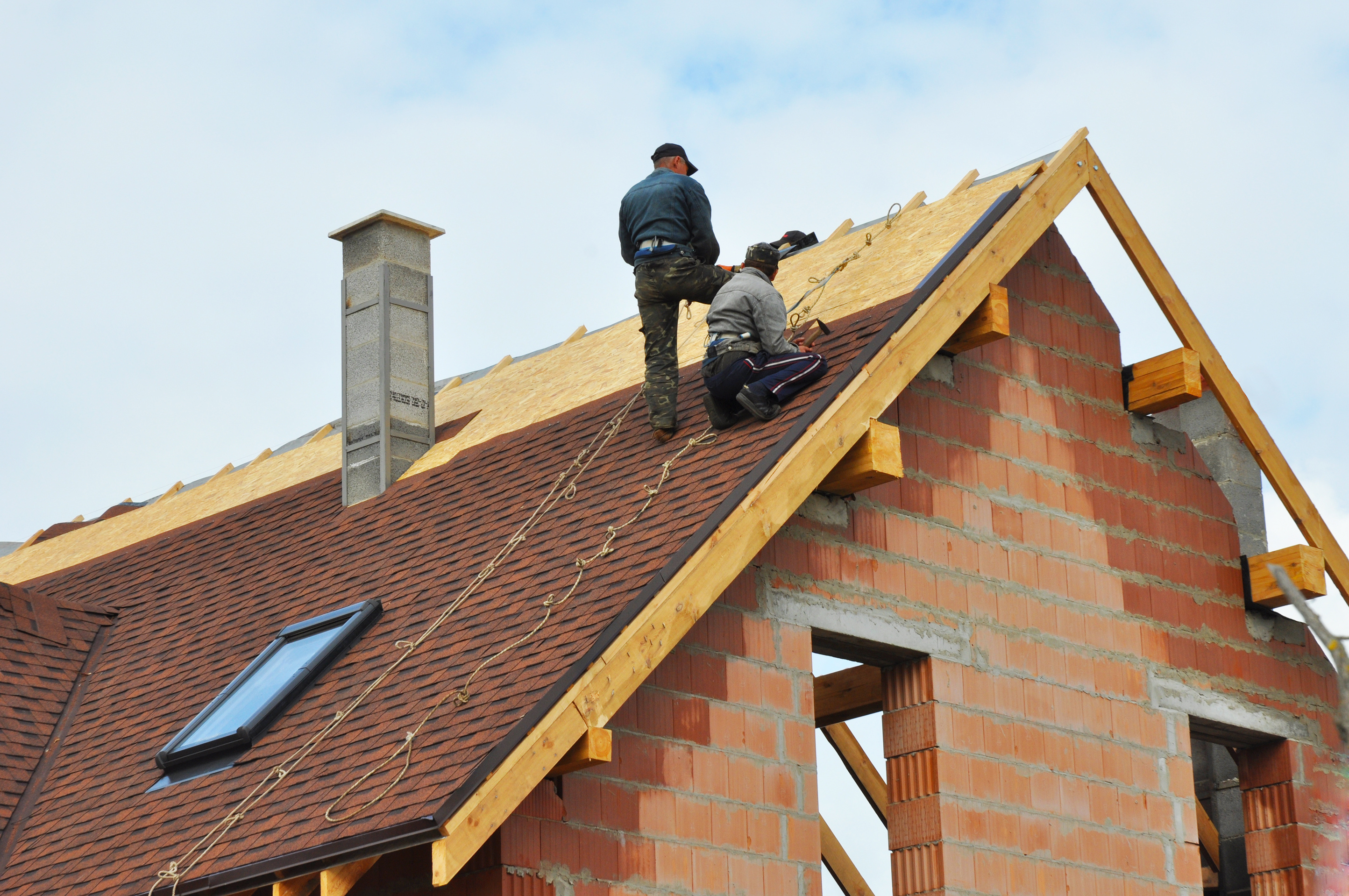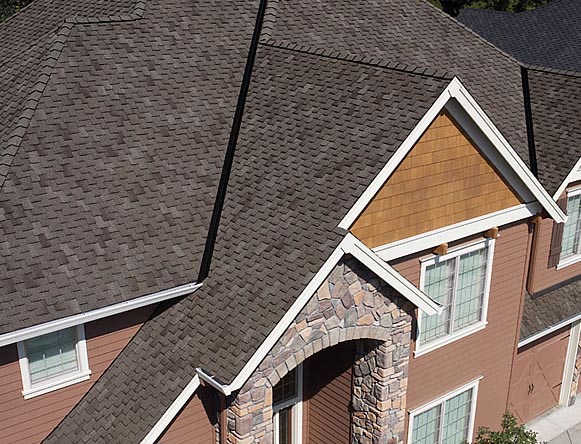Finest Practices for Ensuring Appropriate Roof Covering Ventilation
Making certain correct roof air flow is crucial for the long life and performance of a roof covering system. A well balanced consumption and exhaust air vent proportion, typically 1:300, plays a crucial function, with intake vents ideally put at the lower edge of the roof for great air entry and exhaust vents at the peak for warm air leave. Regular examinations to determine obstructions and maintain clear air movement are paramount. In addition, keeping insulation far from vents is critical to stop air flow restriction. Understanding these foundational aspects establishes the phase for even more in-depth understandings into setup and maintenance practices that can substantially boost your roof covering system's performance.
Understand Ventilation Basics
Correctly recognizing air flow essentials is necessary for ensuring the longevity and effectiveness of roof systems. Efficient ventilation reduces wetness build-up and temperature level extremes in the attic, both of which can cause substantial structural damage in time. A well-ventilated roof assists in preventing common problems such as mold and mildew growth, wood rot, and ice dams, which can jeopardize the integrity of the roof products and the underlying structures.
The key goal of ventilation is to help with the motion of air, permitting a regular exchange between the exterior and interior environments. This balance is attained with a combination of intake and exhaust vents that collaborate to maintain ideal air flow. Consumption vents, usually located along the eaves or soffits, permit fresh air to enter the attic room space, while exhaust vents, typically positioned at or near the roof ridge, enable hot, moist air to get away.
Key aspects influencing the performance of roof air flow include proper positioning, sufficient sizing, and ensuring that both consumption and exhaust vents are unblocked. Regular assessment and maintenance are essential to determine possible blockages, damages, or ineffectiveness in the air flow system, thus protecting the roof covering's performance and sturdiness.
Sorts Of Roofing Vents
Roof vents play an important function in preserving reliable attic room air flow and, by extension, the overall health and wellness of the roof. Different kinds of roof covering vents are readily available, each with unique advantages tailored to particular roof covering requirements. Ridge vents, for instance, are installed along the roof covering's peak, enabling cozy, damp air to escape from the attic. They use continual ventilation and mix flawlessly with the roofline, making them both effective and cosmetically pleasing.

Soffit vents are installed under the eaves and operate in tandem with roof vents to ensure a balanced consumption and exhaust system. By allowing cooler air to get in from below, soffit vents promote the expulsion of hot air with upper vents. Gable vents, located on the exterior walls of the attic room, deal one more effective remedy, especially in homes with saddleback roofs.
Assess Your Present Air Flow

Following, think about the age and condition of your roof covering materials and air flow elements. Older systems may not abide by current building codes or might have deteriorated with time, minimizing their effectiveness. Conduct an extensive examination to determine any type of signs of deterioration, such as corrosion, damage, or gaps that could jeopardize the system's performance.
Furthermore, gauge the attic temperature level and humidity levels. Heats and moisture can suggest insufficient air flow - gainesville roofing companies. Make use of a hygrometer and thermostat to obtain precise analyses, comparing them with outdoor conditions. Relentless disparities recommend potential issues that need dealing with.
Installment Best Practices
Efficient installment of roofing air flow systems is paramount for guaranteeing optimum efficiency and longevity. Appropriate installment starts with understanding the details air flow requirements of the building and the roofing system it covers. This includes determining the right ratio of intake to tire vents, commonly adhering to the 1:300 regulation, which specifies one square foot of ventilation for every 300 square feet of attic room flooring room.

The positioning of vents is just as essential. Intake vents should be installed at the roofing system's reduced edge, typically in the soffits, to enable cool air to go into. Exhaust vents, on the other hand, should be mounted near or at the roof covering's optimal to facilitate the exit of warm, moist air. This produces a natural airflow that assists preserve temperature level and wetness equilibrium within the attic room space.
Seal all air vent links meticulously to avoid air leakages and possible water seepage. Usage top quality materials and comply with maker guidelines to make sure longevity and performance. In addition, integrating ridge vents with baffles can helpful site substantially improve air movement effectiveness by avoiding wind-driven rainfall and snow from getting in the attic.
Inevitably, accurate installment of roof covering air flow systems minimizes possible issues such as mold development, ice dams, and structural damage, guaranteeing the roofing's integrity and the structure's overall health and wellness.
Regular Maintenance Tips
Uniformity in maintenance practices is basic to making certain the long-lasting efficiency of roof air flow systems. During these evaluations, make sure that vents are free of particles, nests, and other blockages that can restrain airflow.
Use a soft brush or a vacuum to remove dirt and debris from consumption and exhaust vents. Be mindful not to harm the air vent screens or louvers during the process.
Correct insulation is similarly crucial. Guarantee that attic insulation does not block the vents, as this can significantly restrict air flow. If any kind of insulation has shifted or settled, reposition or replace it to keep an efficient obstacle.
Lastly, replace any damaged or missing out on elements immediately. Busted vents, split tiles, or tatty blinking can all add to inadequate air flow and must be attended to without hold-up. Normal upkeep guarantees that the roof covering ventilation system works ideally, thus expanding the life expectancy of the roof itself.
Verdict
Making certain correct roofing ventilation is extremely important for keeping the effectiveness and sturdiness of a roofing system. Adherence to the 1:300 intake and exhaust air vent ratio, paired with the tactical positioning of vents, is crucial.
A balanced consumption and exhaust vent proportion, generally 1:300, plays a critical duty, with intake vents ideally put at the reduced side of the roof for trendy air entry and exhaust vents at the height for warm air exit. Consumption vents, normally located along the soffits browse around this web-site or eaves, enable fresh air to go into the attic room room, while exhaust vents, usually situated at or near the roof covering ridge, make it possible for warm, moist air to leave.
Soffit vents are mounted under the eaves and work in tandem with roof vents to make certain a well balanced intake and exhaust system. By allowing cooler air to get in from below, soffit vents help with the expulsion of hot important site air with top vents. Adherence to the 1:300 consumption and exhaust air vent proportion, combined with the tactical placement of vents, is important.
Comments on “The Benefits of Collaborating With Gainesville FL Roofing Companies”